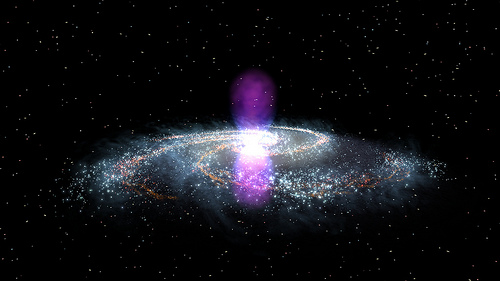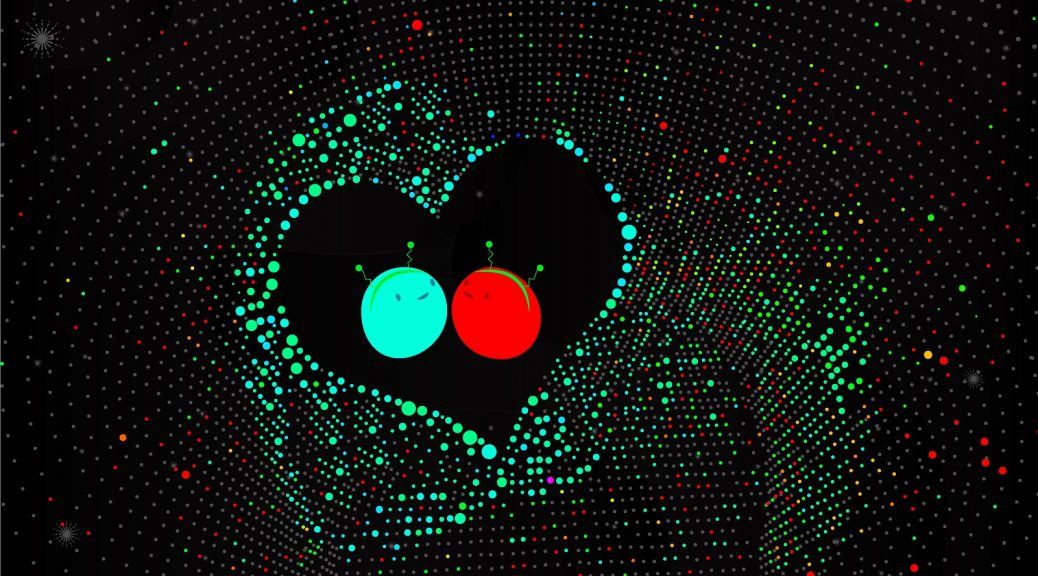A recent visit by an old girlfriend brought up a strange wave of nostalgia, so much so that I wanted to write a blog post on it, as well as on grief and remorse. Nostalgia is a feeling of loss, be it a lost home, or a paradise lost. Losses take place in time, such as the lost college days when we were young and happy. But what is lost is not really the college or the days, nor even the home or the paradise. They all still exist, but for other people. What is lost and what we miss are ourselves in those days and at those places. What we miss is the way we were. It may be our youth, our carefree mirth, our innocent dreams and hopes at that time. But these things—youth, mirth, dreams, etc.—don’t stand on their own. They are all reflected back to us in our friends and loved ones. When these mirrors that show us the best versions of ourselves are gone, we mourn their loss. We grieve them. In what way is this grief different from nostalgia, the longing for a reality that no longer can be?
Continue reading
















